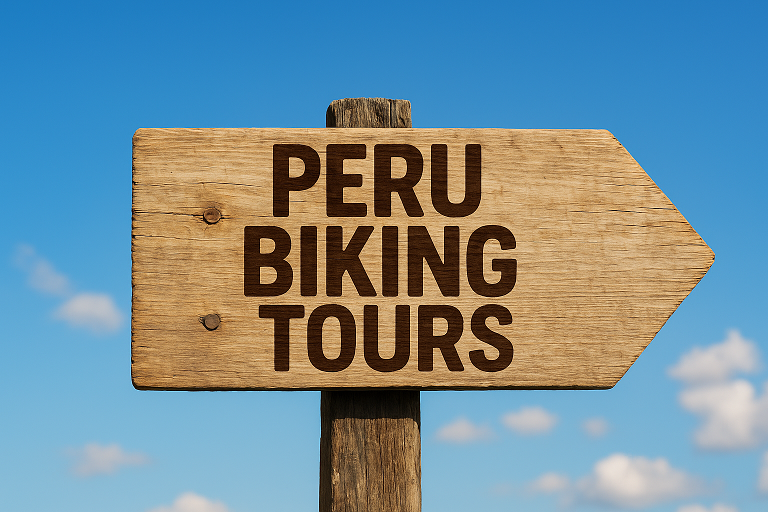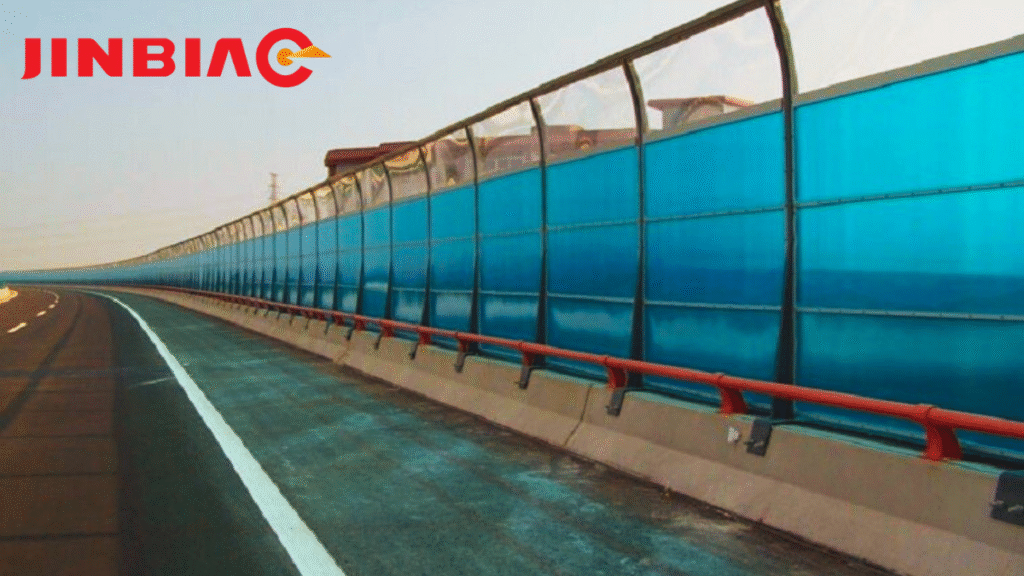More than just the gateway to Machu Picchu, Cusco is fast becoming one of South America’s most exciting mountain biking destinations. With operators like Peru Biking Tours leading riders through its rugged terrain, what sets this region apart isn’t lift-assisted bike parks or manicured trails, but a vast network of ancient pathways that wind through living Quechua villages and breathtaking Andean scenery.
Perched at 11,150 feet above sea level, every aspect of biking here—planning, pacing, and performance—is shaped by altitude. Yet, that same elevation rewards riders with something truly special: the chance to descend through multiple ecosystems in a single ride, tracing trails that have linked Andean communities for generations.
Why Cusco Feels Different
Unlike traditional mountain biking hubs built for tourism, Cusco’s routes are authentic working trails—a mix of Inca stone paths, old mule tracks, and narrow agricultural terraces still tended by local families.
In many of the villages you’ll pass, Quechua remains the everyday language. These routes aren’t theme-park experiences; they’re living, functional connections between real communities. That authenticity is exactly what’s drawing more and more adventure travelers to the Andes over the commercialized biking destinations elsewhere.
Routes Worth Riding
Huaypo
Encircling a calm Andean lake, this gentle circuit is perfect for your first ride or a relaxed final day. The terrain is smooth, the views are wide open, and it’s beginner-friendly—ideal for getting used to the altitude without pushing too hard.
Yuncaypata
Located just outside Cusco’s historic center, this trail is a great warm-up for Andean biking. Expect flowing dirt tracks, eucalyptus forests, and manageable technical sections that let you test your body’s reaction to thin air before taking on tougher routes.
Maras – Moray
This panoramic route combines cultural immersion with a moderate challenge. It connects two of the region’s most iconic sites: Moray, an ancient Inca agricultural laboratory with circular terraces designed for crop experimentation, and Maras, a stunning network of salt pans still harvested by local families.
Most of the ride follows dirt roads through farmland—gentle enough for intermediate riders but rich with cultural and historical depth.
Chinchero – Urquillos
A true Andean classic. Beginning in a high-altitude village in the Sacred Valley, this descent follows original Inca stonework and ridgelines with sweeping views. The route is physically and technically demanding—expect rocky staircases, sharp turns, and steep drops—but it’s also deeply rewarding. You’ll ride through living history, past terraces still farmed today using centuries-old methods.
Lares and the High Lakes
In the remote Lares region, silence rules the landscape. Herds of llamas and alpacas graze beneath snow-covered peaks, and the air feels untouched. Trails here mix rolling terrain with steep, high-altitude challenges, often requiring experienced guides due to shifting weather and rugged conditions.
Abra Málaga
Cusco’s signature descent—and one of the Andes’ most spectacular. Starting at a mountain pass over 14,000 feet, the trail drops more than 5,000 vertical feet over 31 miles. You’ll begin in thin, icy air surrounded by glaciers and end hours later in a warm valley thick with jungle vegetation.
Much of the descent follows paved road, which means riders can focus on the stunning transitions—from snowfields to cloud forests, from dry plateaus to lush subtropics. It’s long but not overly technical, making it accessible for families or anyone seeking epic scenery without extreme difficulty.
Planning Your Ride
Cusco’s altitude affects everyone, regardless of fitness. Spend at least two full days acclimatizing before tackling demanding routes. Use that time to explore the city, stroll local markets, or visit nearby ruins.
Common symptoms like mild headaches or fatigue usually fade within 48 hours. Stay hydrated, skip alcohol early on, and try coca tea—a traditional and effective local remedy. If you’re prone to altitude sickness, talk to your doctor about acetazolamide before your trip.
Best Time to Visit
The dry season (May–October) offers the best riding conditions, with crisp mornings and stable weather. July and August are cold at night but deliver clear skies and perfect trails.
The rainy season (December–March) transforms trails into mud and makes descents slippery and unpredictable. Unless you’re specifically after that kind of challenge, it’s best to avoid riding then—many tour operators pause services during this period.
Getting There
Most visitors fly into Lima and connect to Cusco via a short domestic flight (about 1 hour 20 minutes). The Alejandro Velasco Astete International Airport sits right in the city, only minutes from the historic center.
Trailheads vary in distance—some just half an hour away, others up to two hours by road. Weather can occasionally disrupt flights due to the city’s high-altitude valley setting, so plan buffer time before starting your adventures.
What to Pack
You don’t need to haul your own bike unless you have specific preferences. Most local operators provide high-quality full-suspension bikes and protective gear.
Pack in layers—mornings can be freezing, but by midday, the sun is strong. A warm jacket, light waterproof shell, and breathable base layers are essentials.
Safety gear is non-negotiable: a helmet (full-face for technical trails), knee and elbow pads, gloves, and UV-protective sunglasses. At this altitude, sun exposure is intense—bring SPF 50+ sunscreen and lip balm.
Stay hydrated. Carry multiple water bottles or a hydration pack, as altitude increases your water needs.
Riding with Respect
These trails cross active community lands and working agricultural zones. Always ride with a local guide—they’re vital for navigating access rules and ensuring respectful interaction with residents.
At cultural sites like Moray and Maras, stay within designated visitor areas. Remember, these aren’t museum exhibits; they’re living landscapes supporting local families.
Operators such as Peru Biking Tours work directly with communities, ensuring that tourism contributes fairly while preserving local traditions.
What Makes Cusco Unique
Cusco isn’t about artificial circuits or lift passes—it’s about continuity and authenticity. One ride might take you from a town plaza through farmland, along Inca terraces, into forests, and down to a rushing river. The geography, history, and culture flow together naturally, without pretense.
With elevations ranging from 9,200 to 14,400 feet, Cusco offers an experience that few other biking destinations can match—a blend of physical challenge, cultural depth, and pure mountain grandeur.
The Andes on Two Wheels
Mountain biking in Cusco is more than a sport—it’s a journey through time and terrain. You’ll pedal across ancient trade routes, meet communities who still live much as their ancestors did, and witness landscapes that shift dramatically with every mile.
The altitude may test you, but it also rewards you—with views, culture, and authenticity that no artificial trail can replicate.
For detailed routes, guided trips, or custom itineraries, reach out to Peru Biking Tours, a local operator specializing in sustainable mountain adventures across the Andes.






